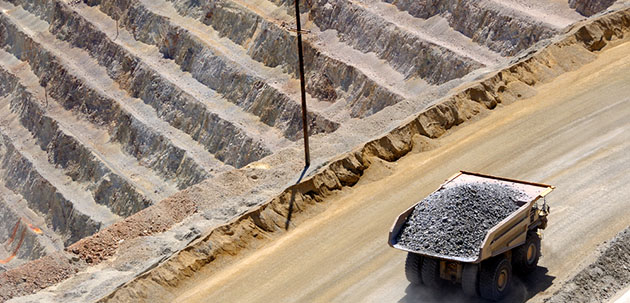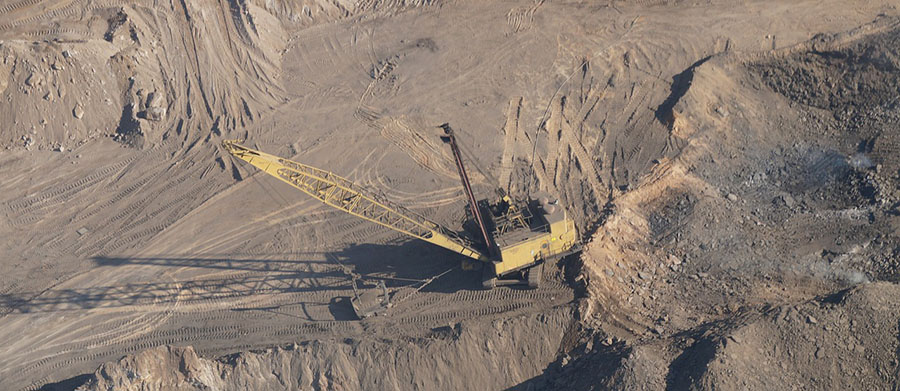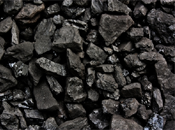 Globe and Mail, Jeff Rubin - The price of oil isn't the only hydrocarbon going through the roof. Check out thermal coal prices to see how dependent economic growth has become on burning increasing amounts of fossil fuels. Prices of Newcastle coal, the Asian coal price benchmark, are poised to rise by as much as 30% this year, approaching the peak levels seen in 2008.
Globe and Mail, Jeff Rubin - The price of oil isn't the only hydrocarbon going through the roof. Check out thermal coal prices to see how dependent economic growth has become on burning increasing amounts of fossil fuels. Prices of Newcastle coal, the Asian coal price benchmark, are poised to rise by as much as 30% this year, approaching the peak levels seen in 2008.China's coal industry already accounts for more than 40% of world production with less than 15% of the planet's coal reserves. This is a rate of resource extraction that U.S. coal companies can only dream about.
Even so, domestic mine production in China lags runaway demand growth, forcing the world's largest coal burner to turn to more foreign suppliers such as Australia.
This is already a huge challenge to China's railway system that is clogged with hauling billions of tons of coal from increasingly distant mines.
But the Chinese economy faces an even more daunting challenge to its coal consumption than transportation logistics. Domestic coal production is rapidly approaching what even the Chinese government acknowledges to be a national production peak.
At the current extraction rate, China could hit that production peak as early as 2015. Once there, most estimates show a sharp drop off in the country's coal production beginning around 2020. This is why Beijing is considering capping domestic coal production, fearing the country is depleting its remaining coal reserves far too quickly to sustain future economic growth.
This policy shift has sent Chinese coal companies scouring the world looking for new coal reserves. They have already spent $21-billion on overseas coal acquisitions.
As the largest coal producing country starts thinking about conserving its remaining coal reserves, you wonder just how far off we are from a world of peak coal?

























































